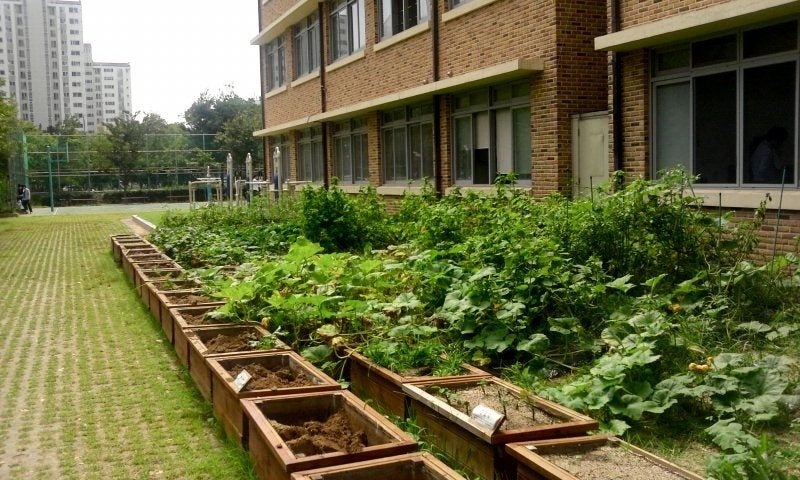A school garden is more than just a patch of soil—it’s an outdoor classroom, a living laboratory, and a community builder all in one. Across the United States, United Kingdom, and Canada, schools are embracing gardens as a way to teach kids about healthy eating, science, sustainability, and teamwork. But how do you make a school garden truly thrive? Today, we’ll reveal the best school garden hacks inside that make gardening fun, practical, and effective for teachers and students alike.Why School Gardens MatterHands-On Learning: Children understand biology, nutrition, and ecology by doing, not just reading.Healthy Habits: Growing vegetables encourages kids to try new foods and eat healthier.Teamwork & Responsibility: Students learn collaboration, patience, and care.Sustainability Skills: Teaches composting, recycling, and respect for nature.School Garden Hacks Inside for Every Educator1. Start Small, Grow BigOne of the simplest school garden hacks is to begin with easy-to-grow plants like lettuce, radishes, or sunflowers. These crops grow quickly, keeping kids engaged.2. Use Raised Beds or ContainersNot every school has a big plot of land. Raised beds, recycled buckets, or even vertical gardens can turn a small space into a productive garden.3. Involve the Students in Every StepFrom planting seeds to watering and harvesting, kids should feel ownership. Create a weekly garden team so every student participates.4. Label EverythingDIY plant markers made from popsicle sticks or painted rocks help kids learn plant names and keep the garden organized.5. Collect RainwaterInstalling a simple rain barrel is an eco-friendly way to water the garden and teaches sustainability at the same time.Creative Ideas to Make School Gardens FunGarden Journals ✏️Encourage students to record growth, draw sketches, and note observations. It blends science with art and writing.Themed Garden Beds 🌸Try a pizza garden (tomatoes, basil, oregano) or a rainbow garden (plants of different colors). Kids love seeing their favorite foods grow.Wildlife-Friendly Corners 🐝Add flowers like lavender or marigolds to attract bees and butterflies—perfect for pollination lessons.Composting Station ♻️Teach the cycle of food by setting up a compost bin for cafeteria scraps. Kids see waste turn into nutrient-rich soil.Practical Tips for TeachersSchedule Care: Assign watering duties to students or staff so plants don’t wilt over weekends.Choose Native Plants: They are low-maintenance and thrive in your climate.Seek Donations: Many local garden centers or parents are happy to donate seeds, soil, or tools.Integrate Lessons: Tie garden activities into math (measuring growth), science (photosynthesis), or even history (heritage crops).Common Challenges & Quick FixesProblem: Plants drying out in hot weather.Hack: Mulch around plants to retain moisture.Problem: Kids forget which plant is which.Hack: Use colorful, waterproof labels with both names and drawings.Problem: Limited budget.Hack: Reuse milk cartons, soda bottles, and old containers for seed starting.ConclusionWith the right strategies, every school can have a thriving, engaging garden. These school garden hacks inside prove that even small spaces and tight budgets can produce big learning opportunities. Whether it’s teaching biology, encouraging healthy eating, or building teamwork, school gardens plant the seeds of knowledge that last a lifetime.So, grab those seeds, involve your students, and watch your schoolyard transform into a green oasis of learning and growth. 🌱✨

